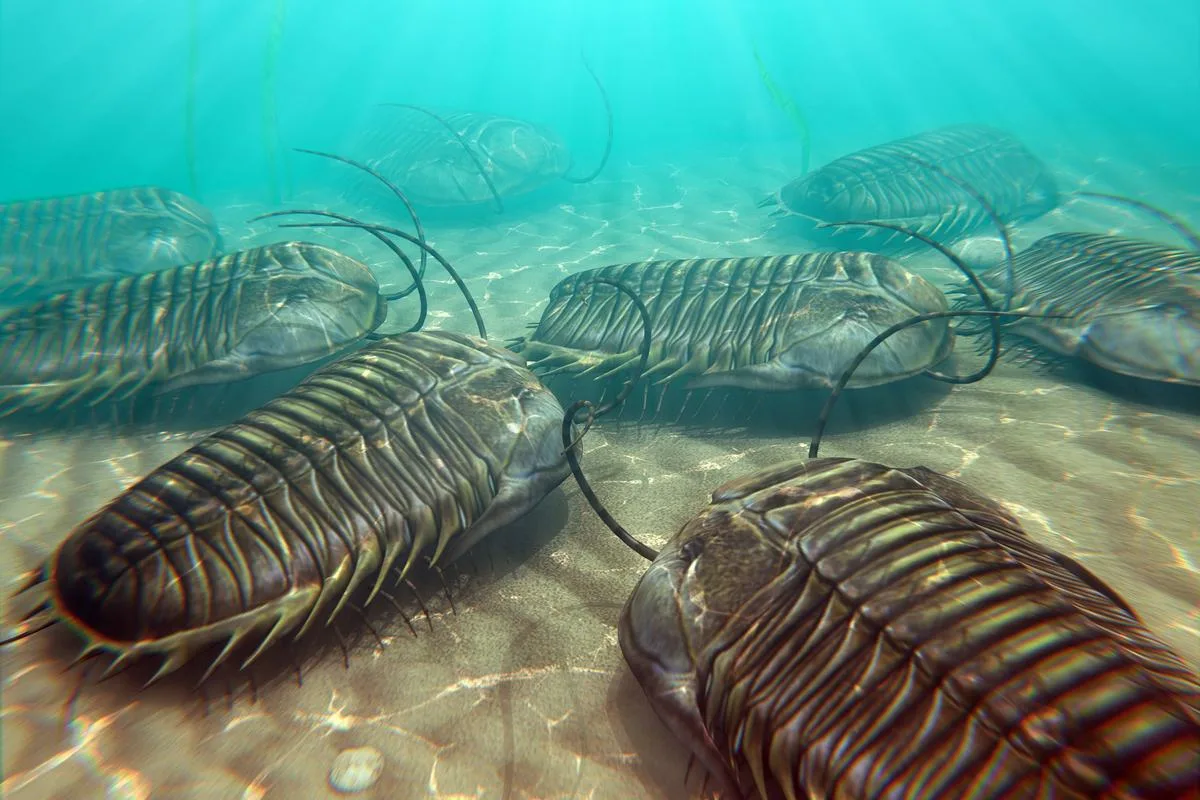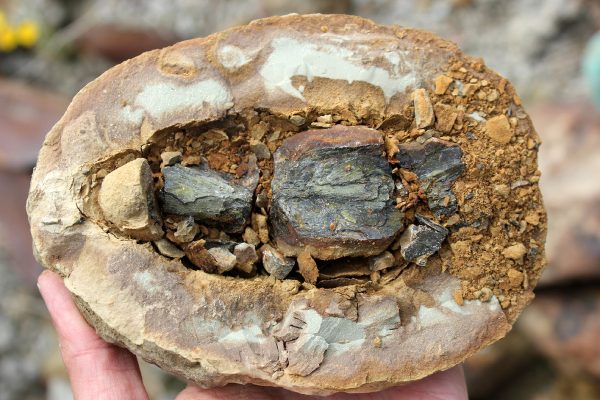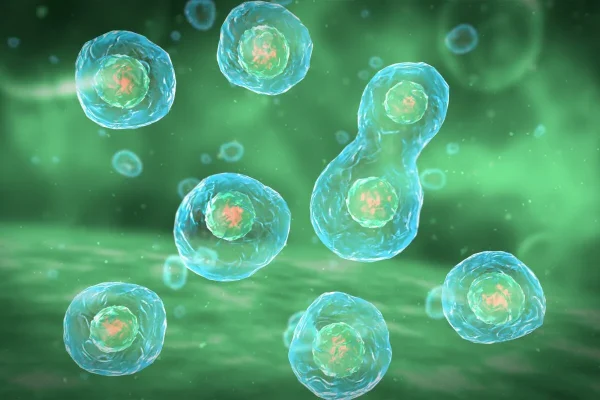The discovery of new species in unexplored sites revealed surprising details about animal evolution in the primitive oceans. What were the keys to the so-called Cambrian Explosion?
Table of Contents
The Cambrian Explosion marked the most significant animal diversification in history, laying the foundations for modern ecosystems.
Around 520 million years ago, animal life underwent unprecedented diversification, a phenomenon known as the Cambrian Explosion. This period marked the emergence of a wide variety of animal forms and behaviours, whose fossil remains have been found in places as far apart as the Rocky Mountains of British Columbia, Canada, and the southern coast of Australia.
According to Smithsonian Magazine, the study of these fossils has transformed scientific understanding of how and why this evolutionary milestone occurred, keeping the debate alive in palaeontology, given that their expansion took place some 520 million years ago, before the emergence of the dinosaurs.
Emergence of new ecosystems
The Cambrian Explosion is considered one of the most important events in the history of life, as it laid the foundations for modern ecosystems. At this time, the seas were populated by creatures such as worms, strange-looking predators and ancestors of vertebrates.
Among the most emblematic fossils is Anomalocaris, a predatory invertebrate equipped with prehensile appendages, a disc-shaped mouth with plates for sucking prey, and complex eyes on stalks; these characteristics made it an efficient hunter.
The diversity of life forms in Cambrian marine ecosystems, with swimming animals, species that burrowed into the sediments, and organisms floating near the surface, reflects a complexity that predated the arrival of the dinosaurs.
Smithsonian Magazine notes that the radiolobans family, to which Anomalocaris belonged, included species ranging from less than 2.5 centimetres to more than 1.8 metres in length, suggesting a wide diversity of feeding strategies and ecological niches.
The complexity of life in the Cambrian period
The diversity of life forms in the Cambrian period was not limited to predators. Coastal reefs were home to swimming animals, species that burrowed into the sediment, and others that floated near the surface, such as plankton.
Palaeontologist Gaëtan Potin of the University of Lausanne explained: ‘Ecosystems became more complex and similar to today’s, with swimming animals and the first raptorial predators.’ This complexity was reflected in the presence of several species of radiodonts in the same environment. Palaeontologist Allison Daley, also from the University of Lausanne, noted: ‘It speaks to a complex and diverse ecosystem already in the Cambrian.’
Recent discoveries, such as the three-eyed Cambrian predator in Burgess Shale, show that there is still much to learn about this period.
Explosion or gradual process?
Although the term ‘explosion’ suggests an abrupt change, the scientific community debates whether this phenomenon was truly sudden or the result of a gradual process. Smithsonian Magazine compiles the opinion of Thomas Servais, a palaeontologist at the University of Lille, who stated: ‘It was not sudden. It was not limited to a single place or moment.’
Today, many experts agree that the Cambrian animal diversification spanned tens of millions of years, driven by different environmental and biological factors. Abiotic factors include changes in climate, increased oxygen in the oceans, and changes in ocean currents, which would have favoured the proliferation of nutrients in shallow waters.
The emergence of predators and the evolutionary race between prey and hunters was decisive, along with the evolution of new anatomies and behaviours. The ability of organisms to form shells, exoskeletons, and armour depended on the presence of minerals in the water, while the expansion of warm, shallow habitats provided more space for development and interaction between species.

Limitations and future analysis
The interpretation of the Cambrian Explosion is conditioned by the limitations of the fossil record. Smithsonian Magazine points out that most fossils come from coastal reefs, while life in the deep waters or open sea of the Cambrian remains virtually unknown.
Most Cambrian fossils come from coastal reefs, which limits our knowledge of deep-sea life during that period.
In addition, the uneven preservation of fossils can create the illusion of a sudden appearance of new life forms, when it may have been a prolonged diversification not recorded in older strata. Servais cautioned, ‘The nature of the fossil record affects the patterns that palaeontologists propose,’ and many Cambrian creatures were simply not preserved.
Current findings continue to expand our knowledge of this period. For example, Smithsonian Magazine reported that this summer, palaeontologists identified a new species of three-eyed Cambrian predator at the Burgess Shale site in Canada. The discovery of new species in such well-studied locations highlights how much remains to be learned about life in the Cambrian and the complexity of its ecosystems.
The Cambrian period was decisive for animal evolution: life diversified and laid the foundations for today’s ecosystems. Rather than a sudden emergence, the history of animal life shows a gradual flourishing, which took place only and exactly when environmental and biological conditions allowed it.





